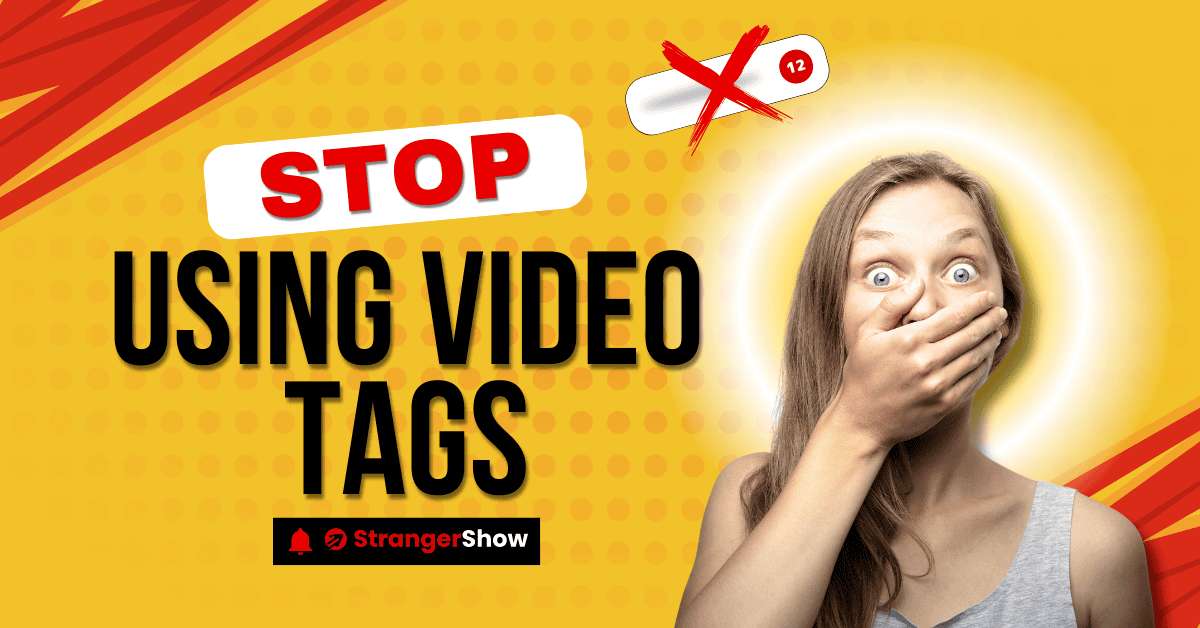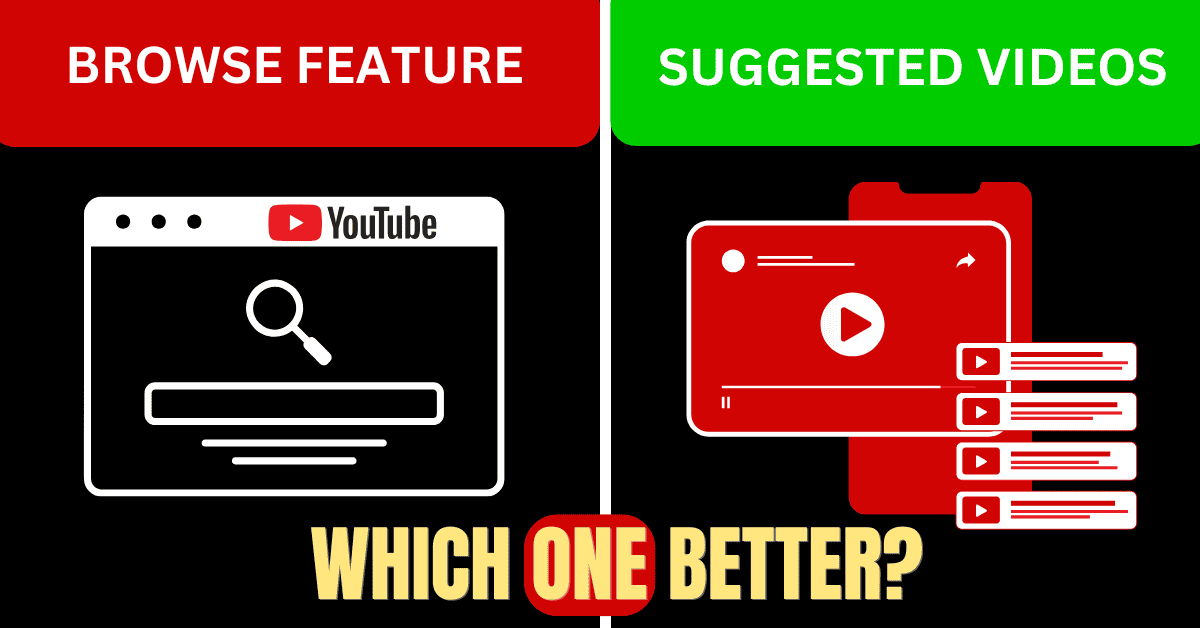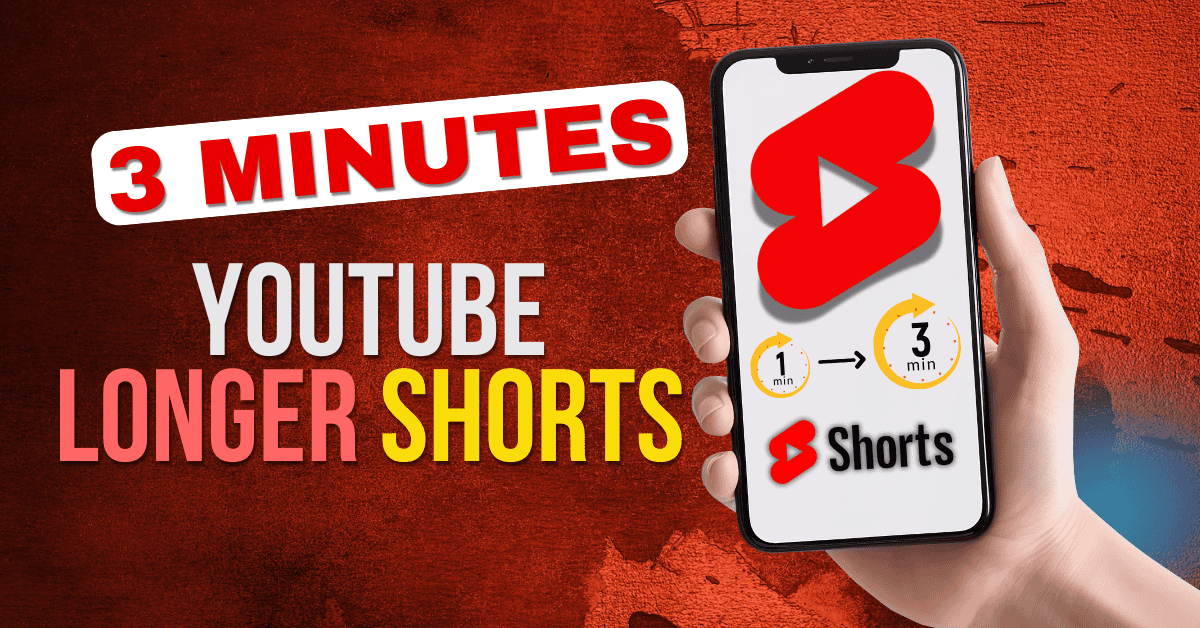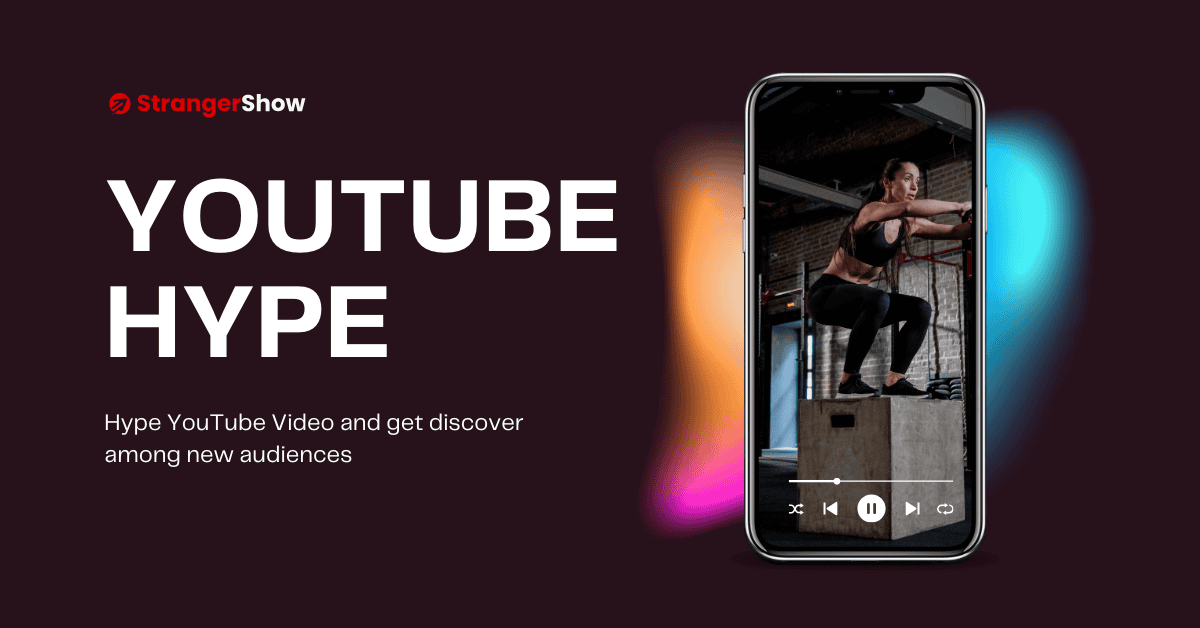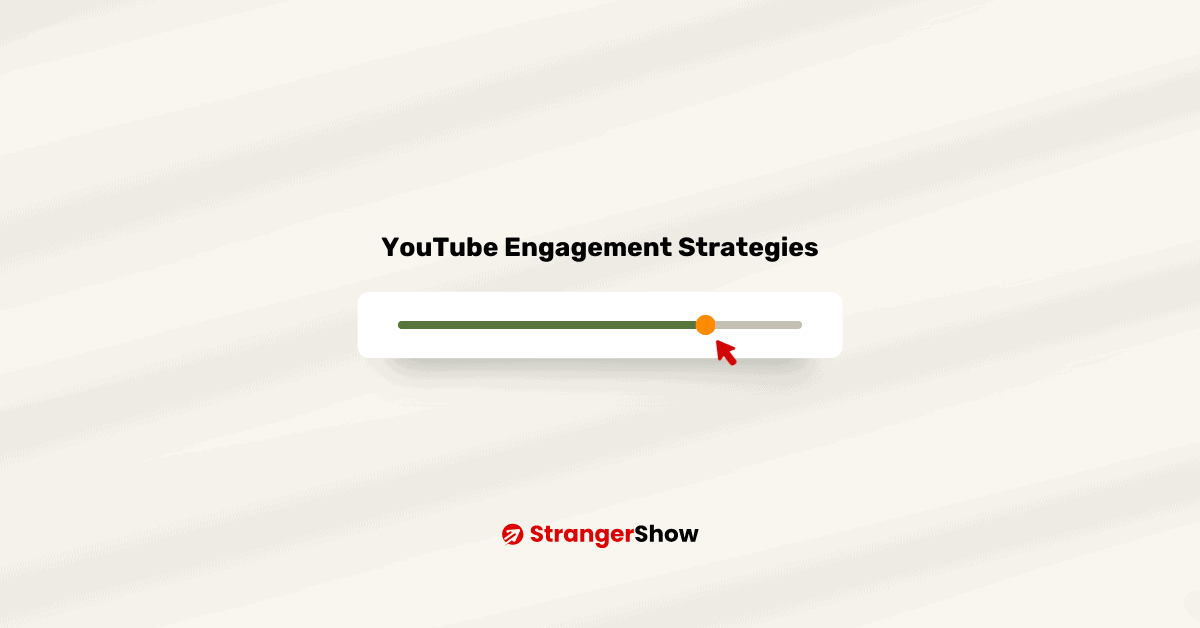Are you still adding tags to your YouTube videos? Is that still a good idea, or is it time to stop using YouTube Video Tags?
This burning question has been debated by content creators worldwide. This article explores whether video tags are still necessary for YouTube’s success.
YouTube video tags have long been an essential aspect of video optimization. They help YouTube’s algorithm understand the content of your video and connect it with relevant searches.
However, with the ever-changing landscape of Video SEO, some argue that tags no longer hold the same weight they once did. But before you dismiss video tags altogether, it’s important to understand their potential benefits. Properly utilizing tags can still contribute to your video’s discoverability, increase your chances of appearing in related video recommendations, and attract a targeted audience.
This article is your guide to understanding the pros and cons of using YouTube video tags. We’ll also provide actionable tips on how to optimize them effectively. Whether you’re a experienced YouTube creator or just starting out, we’re here to help you navigate the world of video tags and help you to make decisions for your YouTube channel’s success.
The Purpose of YouTube Video Tags
Generally, the video tags are keywords or phrases that content creators can add to their videos to help the YouTube’s algorithm for better understanding the context of the video. These tags act as metadata, providing additional context and information about the video.
The primary purpose of using YouTube video tags is to improve the discoverability of your videos, making them more easily appear in search results and related video recommendations.

These tags do not directly benefit the audience. They only help the YouTube algorithm understand what your video is about!
Let’s say a person searches for a specific topic on YouTube. The platform’s algorithm uses video tags and other factors to determine which videos are the most relevant and should be displayed first. By including relevant and targeted tags, you can increase the chances of your video visibility in these search results, ultimately driving more views and engagement to your content.
Moreover, video tags can also help YouTube’s algorithm understand the relationships between different videos on the platform. Using similar tags across your videos can create a stronger connection between them, making it more likely that your other videos will be suggested to viewers who have watched one of your videos. This can increase watch time, subscriber growth, and overall channel engagement.
How YouTube Video Tags Affect Search Rankings
YouTube’s search algorithm is complex and constantly evolving. Still, video tags remain an important factor in determining a video’s search ranking.
But how much weight does YouTube put on tags compared to other ranking factors like title, description, thumbnail, content, etc.,
The diagram below might help you understand better how each thing plays a ranking signal role on YouTube.
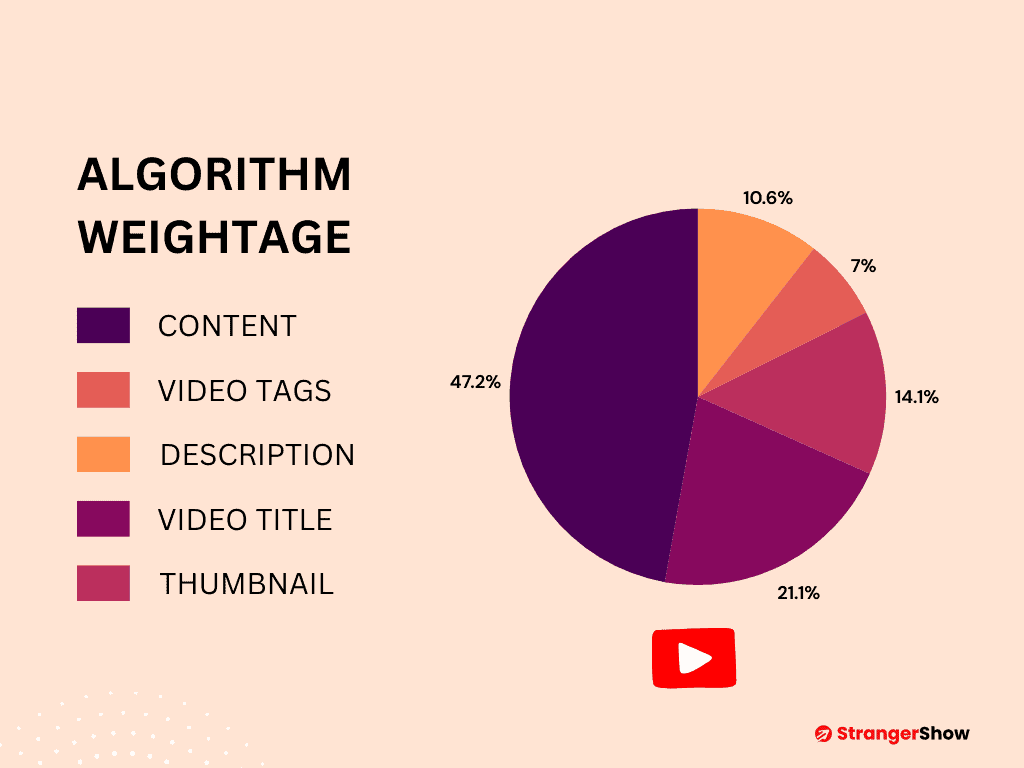
Yes, you have seen it right. Tags play only a minimal role, and YouTube discloses, “tags play a minimal role in video discovery,”?

So, is that mean we can stop using YouTube video tags?
Let’s figure out!
But you need to understand one more thing. It’s still in the discovery stage, so we should not omit the tags entirely or overfeed them to make them unworthy.
When a user searches for a keyword or phrase on YouTube, the platform’s algorithm will scan the video tags, titles, descriptions, and other metadata to determine the most relevant videos. Videos with tags that closely match the user’s search query are more likely to appear in the search results.
Additionally, YouTube’s algorithm considers the overall relevance and quality of the video content when determining search rankings. Videos with high engagement metrics, such as watch time, likes, and comments, are often prioritized over videos with less engagement, even if they have similar tags. While video tags are essential, they should co-occur with other optimization strategies to achieve the best results.
Best Practices for Using YouTube Video Tags
To effectively utilize YouTube video tags and maximize the visibility of your videos, it’s essential to follow a few best practices:
- Conduct keyword research: Before creating your video tags, research relevant keywords and phrases your target audience will likely use when searching for content like yours. I preferably use TubeBuddy, which can help you identify the most valuable keywords, including finding competitor-used keyword tags.
- Use a mix of broad and specific tags: Incorporate a combination of comprehensive, high-volume, and more specific, long-tail keywords. Broad tags can help your video appear in general searches, while specific tags can attract a more targeted audience.
- Prioritize relevance over length: While including a sufficient number of tags is important, quality is more important than quantity. Focus on using tags relevant to your video’s content rather than trying to stuff in as many keywords as possible.
- Optimize your title and description: Ensure your video’s title and description incorporate the exact keywords and phrases used in your tags. This helps reinforce the relevance of your content to YouTube’s algorithm.
- Update tags regularly: As your channel grows and your content evolves, revisit your video tags and make updates to keep them fresh and aligned with your current offerings.
- Avoid keyword stuffing: While it’s essential to use relevant tags, avoid the temptation to repeat the same keywords over and over. This can be seen as spammy and may negatively impact your video’s performance.
Following these best practices, you can create a comprehensive and effective tagging strategy that helps your videos stand out in YouTube’s search results and related video recommendations.
Mistakes to Stop When Using YouTube Video Tags
Video tags are powerful when used long ago. However, when YouTube mentions a minimal percentage of only tags playing, we need to avoid some common mistakes. Let’s see how to stop and avoid mistakes when applying YouTube video tags.
- Irrelevant tags: One of the most significant mistakes is using tags not directly relevant to the video’s content. This can mislead the YouTube algorithm and result in your video being shown to the wrong audience, leading to low engagement and potential penalties.
- Keyword stuffing: As mentioned earlier, simply adding as many keywords as possible into your tags is not an effective strategy. This can be seen as spammy and may even result in your video being penalized by YouTube’s algorithm.
- Outdated or obsolete tags: It’s essential to regularly review and update your video tags to ensure they remain relevant and aligned with your current content. Using outdated tags can negatively impact your video’s performance.
- Duplicate tags: Avoid using the same tags across multiple videos, as this can dilute the effectiveness of your tagging strategy. Instead, aim to create unique and targeted tags for each video.
- Overly generic tags: While broad, high-volume keywords can be valuable, overly generic tags like “video” or “YouTube” are unlikely to benefit greatly. Focus on more specific and relevant tags that accurately describe your video’s content.
- Misleading tags: Never use tags designed to mislead or trick viewers about the actual content of your video. This can damage your channel’s reputation and lead to potential YouTube penalties.
By avoiding these common mistakes and implementing a well-thought-out tagging strategy, you can improve the discoverability and performance of your YouTube videos, ultimately driving more views, engagement, and success for your channel.
Importance of Keyword Research for YouTube Video Tags
Effective keyword research is the foundation of a successful YouTube video tagging strategy. By understanding the specific keywords and phrases your target audience is searching for, you can optimize your video tags to better align with their interests and intent.
One key benefit of conducting thorough keyword research is identifying high-volume. These relevant keywords are likely to drive traffic to your videos. These keywords may include broad, high-level terms and more specific, long-tail phrases that are less competitive but often have a higher conversion rate.
Additionally, keyword research can help you uncover related or complementary topics you may have overlooked initially. This can inspire new video ideas and ensure your content remains relevant and valuable to your audience.
When conducting keyword research for your YouTube video tags, consider the following strategies:
- Use YouTube’s Autocomplete feature: Type a keyword related to your video’s topic into the YouTube search bar and watch the suggested autocomplete options. These suggestions can provide valuable insights into the specific terms and phrases that users are searching for.
- Leverage Google Keyword Planner: This free tool from Google can help you identify high-volume, relevant keywords and provide data on search volume and competition levels.
- Analyze your competitors: Look at the video tags successful creators use in your niche. This can help you identify additional keyword opportunities and ensure your tags align with industry best practices.
- Incorporate long-tail keywords: While broad, high-volume keywords can be valuable, consider the potential of long-tail keywords. These more specific phrases may have a lower search volume but can often lead to more targeted and engaged viewers.
- Test and iterate: Continuously monitor the performance of your video tags and make adjustments as needed. A/B testing different tag combinations can help you identify the most effective approach for your channel.
Investing time and effort into comprehensive keyword research can create a robust and effective video tagging strategy (including video title and description optimization) that helps your content stand out in the crowded YouTube landscape.
Using competitor analysis to optimize YouTube video tags
Analyzing the video tags used by your competitors can be a powerful way to optimize your tagging strategy and stay ahead of the curve. By understanding how successful creators in your niche leverage video tags, you can identify new opportunities and refine your approach to better align with industry best practices.
Here are some critical steps to using competitor analysis for YouTube video tag optimization:
- Identify your top competitors: Compile a list of the most successful and relevant creators in your YouTube niche. These may be channels producing similar content, targeting the same audience, or consistently ranking high in your target search queries.
- Analyze their video tags: Use a tool like TubeBuddy to examine your competitors’ video tags. Look for patterns in their keywords and phrases and any unique or creative approaches they may be taking.
- Identify gaps and opportunities: Once you understand your competitors’ tagging strategies, look for areas where you can differentiate your approach. For example, suppose the person has not covered the topic properly. In that case, you can utilize that angle and help make the content revolve around that.
- Incorporate relevant tags: Based on your competitor analysis, incorporate any relevant and high-performing tags into your video optimization strategy. Strike a balance between using proven keywords and adding your unique spin to avoid direct imitation.
- Monitor and adjust: Continuously monitor the performance of your video tags and make adjustments as needed. Pay attention to any changes in your competitors’ strategies and be prepared to adapt your approach accordingly.
Leveraging competitor analysis can help you gain valuable insights into your industry’s most effective YouTube video tagging practices. This can help you create a more targeted and strategic tagging approach that ultimately drives increased visibility, engagement, and success for your channel.
Best Tools for YouTube Video Tags
Implementing video tag strategies generally requires creativity and the proper tools of a creator. However, the good news is that numerous tools and resources help creators find relevant video tags.
- YouTube Autocomplete: As mentioned earlier, the YouTube search bar’s autocomplete feature can be a valuable source of keyword ideas. Start typing a keyword related to your video’s topic, and observe the suggested phrases that appear.
- Google Keyword Planner: This free tool from Google provides data on search volume, competition, and related keywords, making it a valuable resource for YouTube video tag research.
- TubeBuddy: A popular browser extension for YouTube creators, TubeBuddy offers a range of features, including tag suggestions, competitor analysis, and performance tracking.
- Keyword Keg: Keyword Keg is a comprehensive keyword research tool that can help you identify high-volume, low-competition keywords for your YouTube video tags.
- YouTube Analytics: While not a dedicated tool, your YouTube channel’s analytics can provide valuable insights into the keywords and tags driving the most views and engagement for your existing videos.
By leveraging these tools and resources, you can build a robust and effective video tagging strategy that helps your content stand out in the YouTube competition.
Should I Start or Stop Using YouTube Video Tags?
YouTube algorithms will change year by year, and video tags have played a significant role for so many days.
However, it’s important to note that video tags are unlikely to become entirely outdated shortly. They will likely play a role in YouTube’s search and recommendation systems, particularly for smaller or newer channels.
Successful YouTube creators must adopt a more sweeping approach to video optimization as the landscape evolves, focusing on various factors beyond video tags. This may include:
- Optimizing video titles, descriptions, and captions: Ensuring all video metadata is well-crafted and aligned with target keywords and user intent.
- Enhancing viewer engagement: Producing high-quality, engaging content that encourages viewers to watch, like, comment, and share.
Ultimately, the future of YouTube video tags and their impact on SEO will depend on the platform’s endless development and the evolving preferences of both viewers and YouTube’s algorithm. By adopting a flexible and holistic approach to video optimization, content creators can position themselves for long-term success in the ever-changing YouTube landscape.
Final Thought
Remember, effective video tagging is not a one-time task. As a YouTuber, you need to monitor your tagging performance continuously.
Ultimately, the role of YouTube video tags in maximizing video visibility and engagement is complicated. They also help your videos appear in search results, reach interested viewers, and build a stronger connection between your videos and your target audience.
Only utilizing video tags with other optimization strategies can help you significantly improve your chances of building a successful YouTube channel. Otherwise, you can stop using YouTube video tags. So, embrace the art of video tagging, stay focused on your approach, and watch as your content reaches new heights of visibility and engagement.
Feel free to comment with your doubts or clarifications. Also, share this article with your friends and colleagues.
Related Articles:
